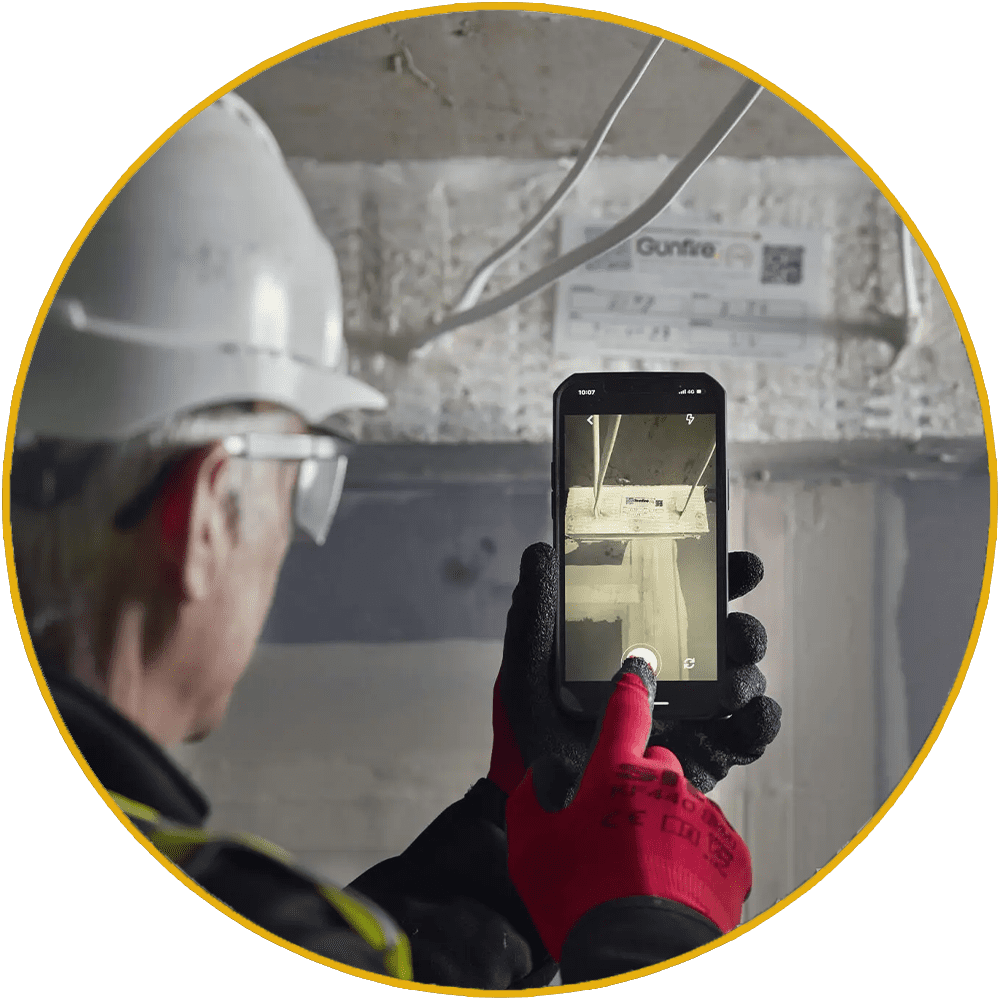Understanding the Difference Between a Fire Risk Assessment and a Compartmentation Survey
Introduction
Fire safety is a crucial element of building management, aimed at protecting both occupants and property. Two key components in this domain are the Fire Risk Assessment and the Compartmentation Survey. While both are integral to fire safety management, they serve distinct purposes.
Let’s delve into the differences between these two essential processes.
What is a Fire Risk Assessment?
A Fire Risk Assessment involves a systematic evaluation of a building to identify potential fire hazards, assess associated risks, and determine necessary measures to mitigate or eliminate these risks. This comprehensive approach is vital for understanding and managing fire safety.

Fire Risk Assessment Report
Purpose: Identifies and evaluates potential fire risks within a building. It starts by pinpointing potential sources of ignition, fuel, and oxygen, such as electrical equipment and flammable materials.
- Purpose: Identifies and evaluates potential fire risks within a building. It starts by pinpointing potential sources of ignition, fuel, and oxygen, such as electrical equipment and flammable materials.
- Content: Assesses the likelihood and impact of fire hazards, along with existing safety measures. It includes recommendations for risk reduction and compliance with fire safety regulations.
- Outcome: Offers a detailed overview of fire risks and actionable steps to mitigate them, often required for compliance with fire safety legislation.
- Recommendations: Provides a detailed report outlining identified risks and suggestions for improving fire safety, which may involve implementing new safety measures or enhancing existing ones.
What is a Compartmentation Survey?
A Compartmentation Survey focuses on the passive fire protection features of a building. It examines elements designed to prevent the spread of fire and smoke, ensuring containment within designated areas.
Purpose: Evaluates the effectiveness of fire compartments in a building.
Content: Focuses on structural elements like walls, floors, doors, and windows, assessing their integrity and compliance with fire safety standards. Surveys identify breaches or deterioration in these elements, ensuring they are intact and effective.
Outcome: Identifies weaknesses in fire compartments that could allow fire spread, with recommendations for improving fire-resistant structures. Reports highlight compliance with standards and list remedial actions.
Technology and Quality Assurance: Innovative software like Bolster records survey findings, providing comprehensive reports with real-time updates. Compliance managers conduct thorough checks to ensure accuracy and quality.
Maintenance and Recommendations : Reports detail the condition of compartmentation elements and provide recommendations for necessary repairs or improvements.
Why Both Are Important
Both Fire Risk Assessments and Compartmentation Surveys are crucial for comprehensive fire safety management. While a Fire Risk Assessment offers a broad evaluation of fire safety risks and measures, a Compartmentation Survey ensures the integrity and effectiveness of fire barriers within a building. Together, they help create a safer environment for occupants and protect property from fire damage.
Conclusion
Understanding the differences between these two processes and implementing them effectively can significantly enhance a building’s fire safety. Regular assessments and surveys ensure that fire safety measures are up-to-date and functioning as intended, providing peace of mind to building owners and occupants. By prioritising both Fire Risk Assessments and Compartmentation Surveys, building managers can adopt a comprehensive approach to fire safety, ultimately safeguarding lives and property.
In essence, the Fire Risk Assessment provides a broad analysis of fire hazards and risks, while the Compartmentation Survey focuses on structural measures to contain fires. Both are vital for comprehensive fire safety management, targeting different aspects of fire safety.




